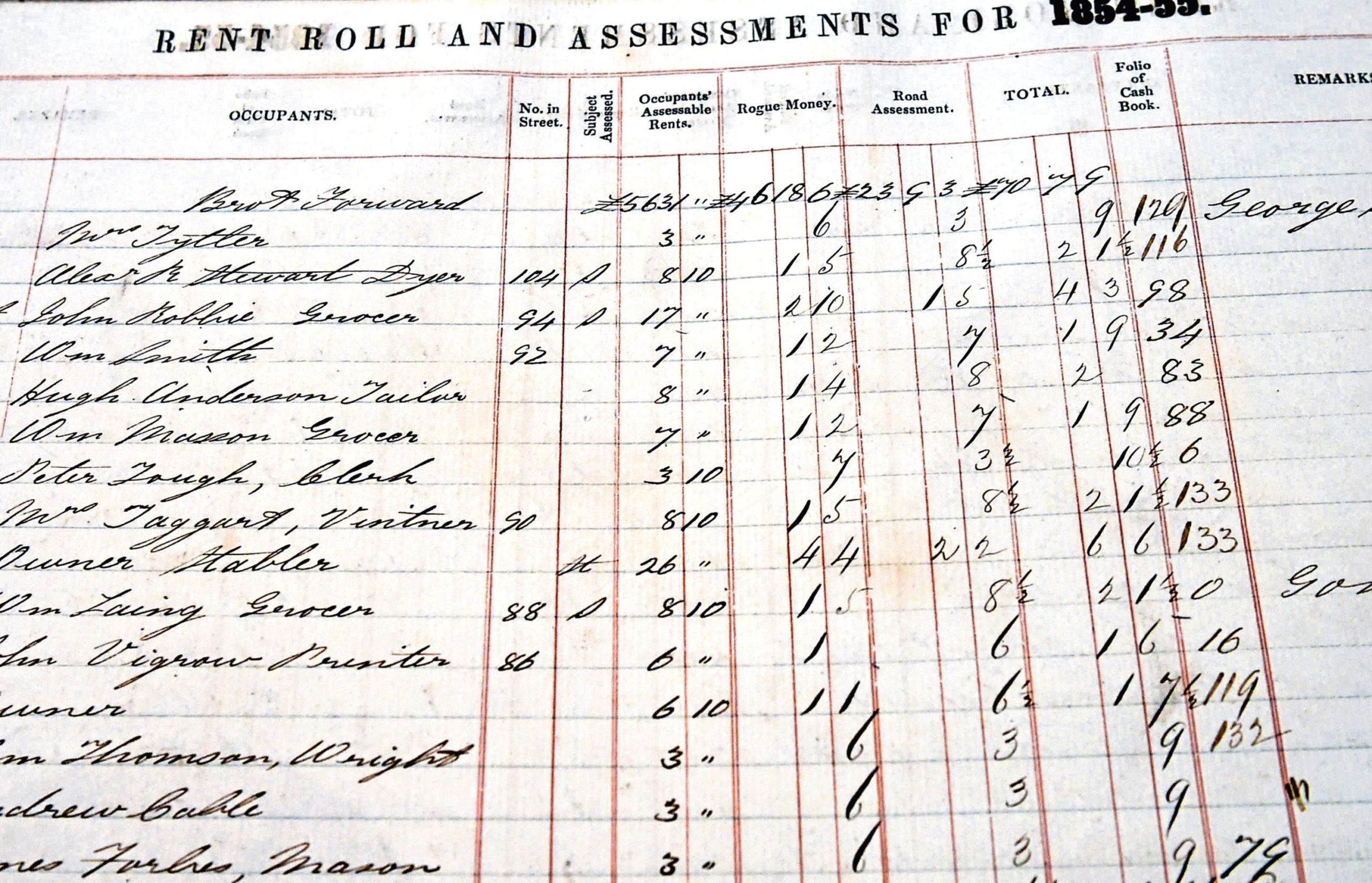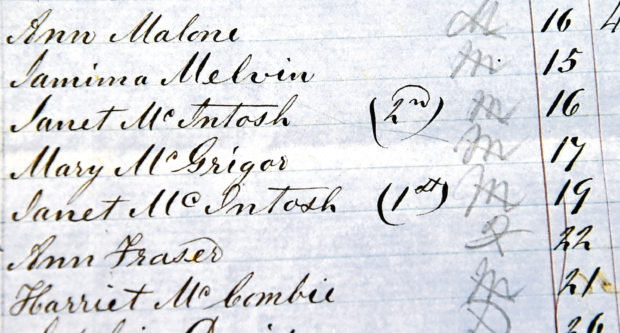When people find out their family members were pirates or sheep thieves, they are delighted or interested, – but not so much if they were a sex worker, a much thornier issue.
However, now curious folk in the north-east have the chance to learn more about their ancestry through a log book.
The historic document details the names of the city’s prostitutes and has given a glimpse into Aberdeen’s seedy past.
The 1855 Prostitution Return, the only one held by Aberdeen City Council, is a list of 490 men and women known to be sex workers in the city.
Martin Hall, an archivist for the council, said: “It seems that it was recorded on a monthly basis, but only one was maintained and kept.
“You can see it was kept by a private individual, a William Walker who lived at 65 Argyll Place and gave it to the town council.
“The town council then kept it in their library.
“I think it was used for medical reasons within the department of the police commissioners, in case there was anything needing to be noted.
“It was more to keep track than to prosecute – this only gives people who are known to the police.
“We can’t find much discussion about the document in the council meeting minutes because they’re Victorians.”
The document also details 36 known brothels in the city, with popular locations being Peacock’s Close, Guest Row, Flourmill Lane and George Street.
Mr Hall said: “You get all these various locations in the city – some may still be operational pubs today under different ownership.
“These places were historically pubs within the city – the establishments at the time would turn a blind eye to solicitations.
“Quite a lot of these are concentrated in the city centre area.
“They will be where they are easily accessible to students at Marischal College, the harbour, since Aberdeen is a major port, and advocates and court officials.
“So, you would have students, academics, sailors and upper tiers of the clerical classes.
“Students is an odd one now, but back then it wouldn’t be so.
“Books on 19th Century prostitution seem to indicate it’s a frequent thing – especially among universities that have entirely male populations.”

He added William Walker added descriptors to the names of the sex workers in order to differentiate women with the same name.
Two women by the name Susan Gibb appear with the description “little” and “large” next to each one.
Mr Hall said: “Some have numbers, some have descriptors. They’ll have a descriptor if there is someone else with the same name. We don’t know if this is a real name or a name they work under.
“You’ll see Elizabeth Murray and Elizabeth Murray the second.
“Just in case you wanted to differentiate the Susan Gibbs, it’s size based.”
A varying range of ages feature in the log, some as young as 16 and others in their 30s.
The city council hopes to transcribe the names and put the information online, where people can freely access it.
